Federal Government Battery Rebate 2025
Up To $4,000 off a standard 11.5-13.5 kWh battery under Cheaper Home Batteries Program
What is Federal Government Solar Battery Rebate 2025?
To meet Australian Government’s 2050 Net Zero carbon emissions target — and year 2030 target of 43 percent GHG emissions reduction below 2005 level — and reduce/stabilise burgeoning energy prices and electricity bills, the Federal government has introduced a $2.3 billion Cheaper Home Batteries Program.
Despite the program name has no mention of business/commercial, besides Australian households, small businesses and community facilities such as recreation centres, community halls, and town halls are also eligible for the Cheaper Home Batteries Program.
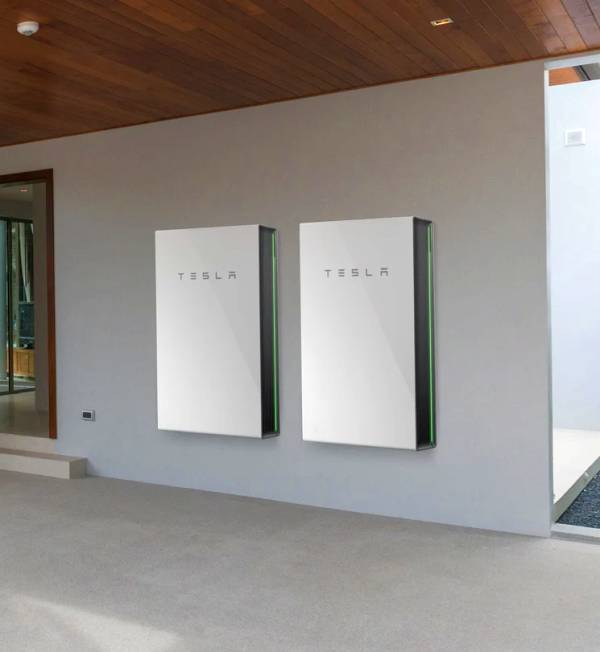
Batteries We Install
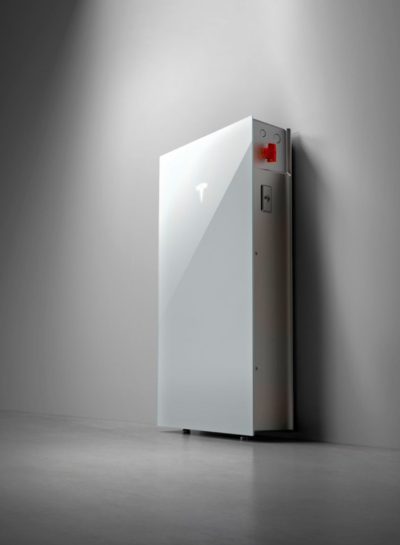
Tesla powerwall 3
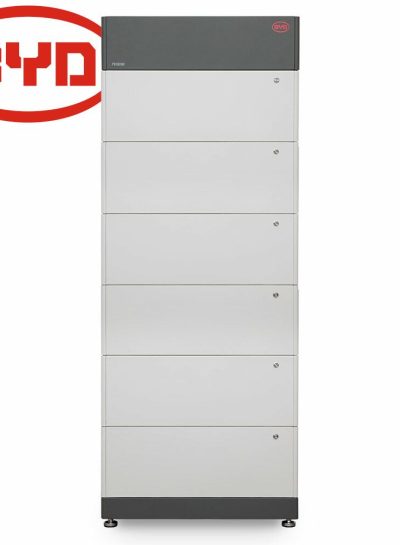
BYD 11.04 and 13.8 kWh
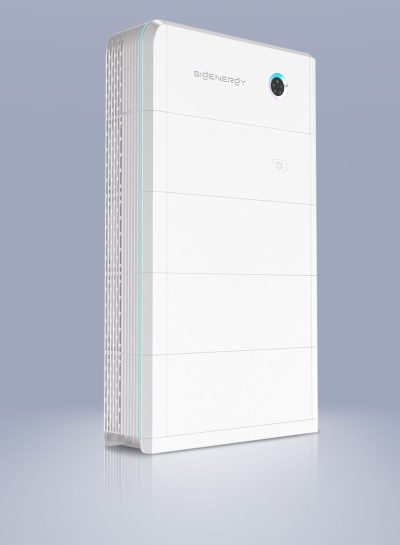
Sigenergy SigenStor 8 kWh
What is Cheaper Home Batteries Program?
Australia has one of the highest penetration of solar power in households and small businesses. In Queensland and Western Australia (WA), every second home has solar panels installed. Across Australia, every third homeowner has solar systems installed on its rooftop.
Despite this high penetration, just one in every 40 homes has a battery storage connected to a solar system. The primary reason for this low uptake of batteries for solar systems is high upfront costs ($9K to $25K) and a long payback period (about 10–12 years).
Homeowners and businesses can’t take full advantage of their solar units as they don’t have solar power during peak hours of energy demand (from later afternoon to evening (between 2pm to 10pm) and they have to rely on the energy grid for electricity supply.
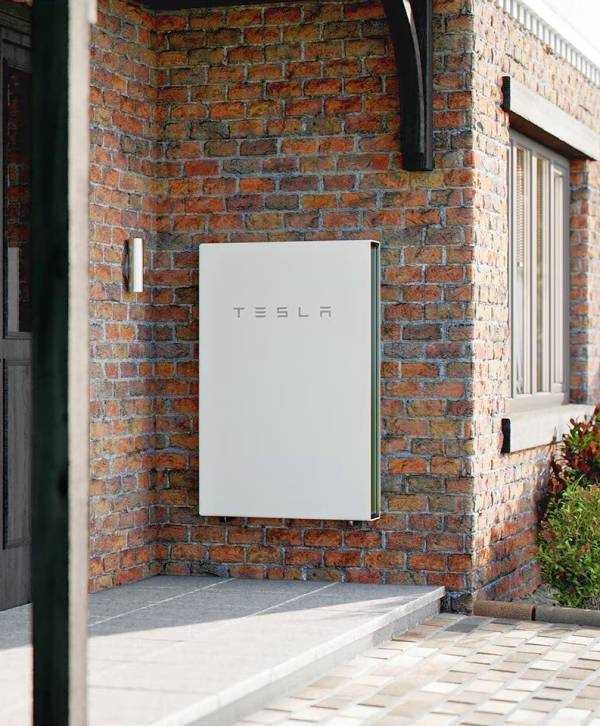
During these peak hours, the energy tariff is highest and homeowners and businesses end up paying high energy bills despite having a rooftop solar system.
The Cheaper Home Batteries Program of the Federal Government of Australia is legislated to fix this problem.
The program is regulated by Clean Energy Council (CEC) and it will be implemented under the existing framework of Small-scale Renewable Energy Scheme (or SRES)
Under the program, all Australian households, businesses and community facilities are eligible to get a 30% upfront discount on the retail price of a solar energy storage battery.
The program will commence from July 1st, 2025, but rebates can be claimed post-dated. It means, you can buy a battery now and install it through Clean Energy Council and Solar Accreditation Australia (SAA) accredited installer and claim the 30 percent discount under the program on or after July 1st, 2025.
What battery rebate is offered under the program?
A discount of 30 percent or $372 per kWh or 9.3 STCs per kWh of usable battery capacity can be claimed under the Federal government battery rebate program. The energy demand of 90 percent of Australian households can be met with a 5 to 6 kWh battery, and prices of this size battery range between $5K to $9K.
The rebate rate of $372/kWh will not remain constant. It will decrease as per the diminishing value of STCs (solar energy certificates).
| Year | Battery Rebate Rate (per kWh, based on estimated value of STCs |
| 2025 | $372 (equivalent of 9.3 STCs) |
| 2026 | $336 |
| 2027 | $296 |
| 2028 | $260 |
| 2029 | $224 |
| 2030 | $188 |
This table makes it a no-brainer that the best time to apply for the rebates under the Federal battery rebate program is now.
If you’re buying a good quality 6 kWh battery of $9K, you’d get a rebate of about $2700. But because of administrative fees and rebate processing charge levied by the battery installer, the actual rebate amount is around $1980, i.e., $330 per kWh of rated battery capacity.
Who is eligible for Solar Battery Rebates?
Unlike several state and federal government solar and energy-efficient appliance rebates programs, the Cheaper Home Batteries Program is not limited to homeowners or businesses falling in a certain annual income bracket, all are eligible for battery rebates under the program.
The scheme is compatible with rebates offered under state schemes, including:
- The Solar Homes Program and Solar Battery Interest-Free Loan program, Victoria.
- Peak Demand Reduction Scheme, NSW
- Rebate for connecting solar battery to VPP, NSW
- Sustainable Household Scheme, ACT
- Residential Battery Scheme, WA
The discounts/rebates offered under the above state schemes can be stacked with the Federal government battery discount scheme. For example, under the connecting a battery to VPP (Virtual Power Plant) scheme of NSW government, the households in the state are currently entitled to receive between $250 to $800 for connecting a solar batter to VPP.
From July 1, 2025, the NSW households will be able to stack the rebate under Cheaper Home Batteries Program of the Federal Government with the NSW state government rebates for connecting solar batteries to a Virtual Power Plant.
Similarly, in Western Australia state, households can combine the rebates under the Federal battery rebate scheme with the state run WA Residential Battery Scheme. After stacking the rebates, Horizon Power users will receive up to $7,500 and Synergy users will receive up to $5,000 rebate for installing a new battery.
Rebate Eligibility Conditions
- Battery Units & Inverter must be listed on Clean Energy Council approved battery & inverter list.
- Certificate of electrical safety must be issued by the relevant authority.
If the battery is installed between 6 April 2025 and 1 July 2025, the applicant will still be eligible for the Federal rebate if:
- The battery unit is not connected to the electrical receptacle.
- The certificate of electrical safety is not issued for the battery unit.
The certificate of electrical safety is known as:
- Certificate of Electrical Safety (COES) in Victoria
- Certificate of Compliance for Electrical Work (CCEW) in NSW
- Electrical Certificate of Compliance (CoC) in WA.
Regulatory requirements of the Federal Government battery rebates program
Despite the fact that the battery rebate program is not means tested, there are certain regulatory requirements that applicants and battery installers must meet. Here is a rundown of the regulatory requirements of the Cheaper Home Batteries Program:
- The battery should be in the range of 5 to 100 kWh of rated/nominal battery capacity.
- Though batteries of up to 100 kWh rated capacity can be installed under the program, rebates are offered on batteries of less than or equal to 50 kWh capacity.
- Modular battery units are also eligible for discounts, but the cumulative rated capacity of the batteries should be in the 5 to 100 kWh rated capacity range.
- Old batteries are also eligible for rebate if they are connected to a new battery (in a modular battery setup) but the cumulative rated capacity of the modular battery should not exceed 100 kWh range.
- Only one installation per premise is eligible for rebate. An applicant can’t claim the rebate more than once.
- The battery can be connected to an existing solar system or a new solar system that is yet to be installed/commissioned.
-
The battery unit must comply with IEC 62619:2017 standard and battery installation must comply with AS/NZS 5139:2019 standard.
-
Installer should provide a copy of Best Practice Guide Battery Storage Equipment to the homeowner of property owner of the business.
- The battery and inverter must be listed on the CEC approved product list.
- For a grid-connected solar system, the battery must be a VPP (Virtual Power Plant) feature capable and enabled. The VPP feature enables batteries to act as a single solar power plant. This feature is used by energy retailers to stabilise the electricity grid and meet energy demands.
- Off-grid solar systems do not require VPP capable batteries.
- The battery must be installed by a Solar Accreditation Australia accredited installer and an electrical certificate of compliance must be signed by the installer.
- The battery unit and installation must meet relevant Australian standards, state laws, electrical safety regulations and installation requirements as outlined in the Best Practice Guide: Battery Storage Equipment.
- The installer must share written statements regarding quotes, meeting requirements under Federal and State schemes, complying with the technical and safety standards, installation evidences, supporting documents from the battery manufacturer and retailer to the owner of the premise and the regulator (i.e. CEC)
- The installer has to follow safety and installation requirements as outlined in AS/NZS 5139:2019 standard.
Advantages of installing a battery unit for solar system
Having an energy storage battery unit for home or commercial solar system offers the following advantages:
- Lower power bills
- Uninterrupted 24×7 electricity supply
- Rebates under Federal battery rebate program
- Lower carbon footprint.
- Energy Independence
- Maximum utilization of solar power
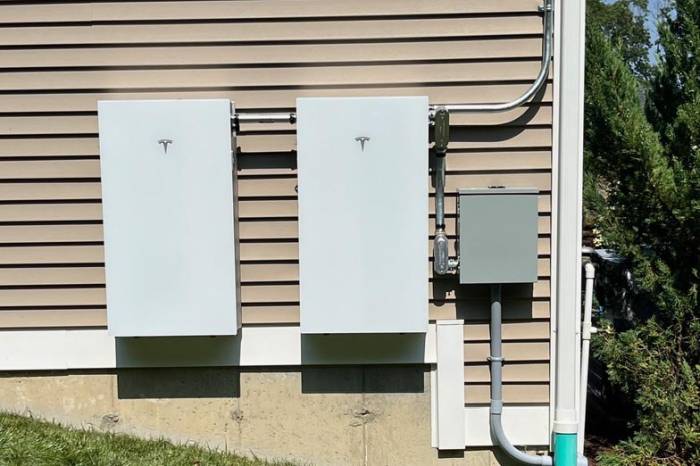
How to apply for Federal battery rebate
Get in touch with us and provide the necessary details. Our solar battery specialists will then reach out to confirm the information submitted by you. Following a site assessment, we’ll recommend a suitable battery unit for your energy usage and share a quote, including any discounts available through the Federal Government rebate program. Once we’ve reached a consensus on the battery unit and installation costs, our team will carry out the installation at your preferred date and time.
FAQs About Federal Battery Rebate 2025
A: It depends on energy needs of a particular household or business. A rule of thumb adopted by most installer is, buy a battery that covers at least 30 percent of your daily energy consumption. If you can afford, go for one that covers 70 percent of your daily energy consumption. For example, average household daily energy consumption in Victoria state is 12.64 kWh. This means that an average Victorian home should buy a battery with at least 4 kWh of capacity, and ideally 9 kWh of capacity.
A: Tesla Powerwall 3, Sigenergy Sigenstor, BYD HVM, and Sungrow SBR batteries. Among these, we install Tesla Powerwall 3, BYD 11.04 kWh and 13.8 kWh integrated with Fronius inverter, and Sigenergy Sigenstor 8 kWh.
A: Now. As the battery rebate will decrease over the years, corresponding to the value of STCs, now is the best time to apply for the rebate and get the battery installed under the Federal government Cheaper Home Batteries Program.
A: Yes. As long as the total battery capacity (after connecting the old battery to the new one) is in the 5 to 100 kWh range, all households, businesses, and community facilities are eligible, even if they already have a battery connected to a solar system.
A: A Household installing a new battery in an old solar system setup can save up to $1100 annually on energy costs, according to the Department of Climate Change, Energy, the Environment, and Water. If the battery is connected to a new solar power unit, the annual savings will become more than double — $2300 a year. The savings depend on energy usage, battery and solar PV system size and energy tariff structure.
A: No, the rebate under the federal government’s Cheaper Home Batteries Program can only be claimed once per property. It cannot be accessed or applied for in instalments. For this reason, we recommend applying for the rebate based on a larger battery system size, taking into account the potential rise in energy consumption in future.
A: Virtual Power Plant (VPP) feature allows a battery to connect it to a network of decentralized energy sources like solar batteries, energy storage systems and solar panel arrays. The energy stored in the connected network of batteries is used by your energy retailer to stabilize the energy grid during peak demand periods. By connecting a battery to VPP, you can make money by selling excess energy (stored in your battery) to your energy provider, as in solar feed-in-tariff. The VPP also supports the energy grid during blackout conditions and peak energy demands.
It is mandatory to have a VPP capable battery but participating in a VPP scheme offered by your energy retailer is voluntary.
